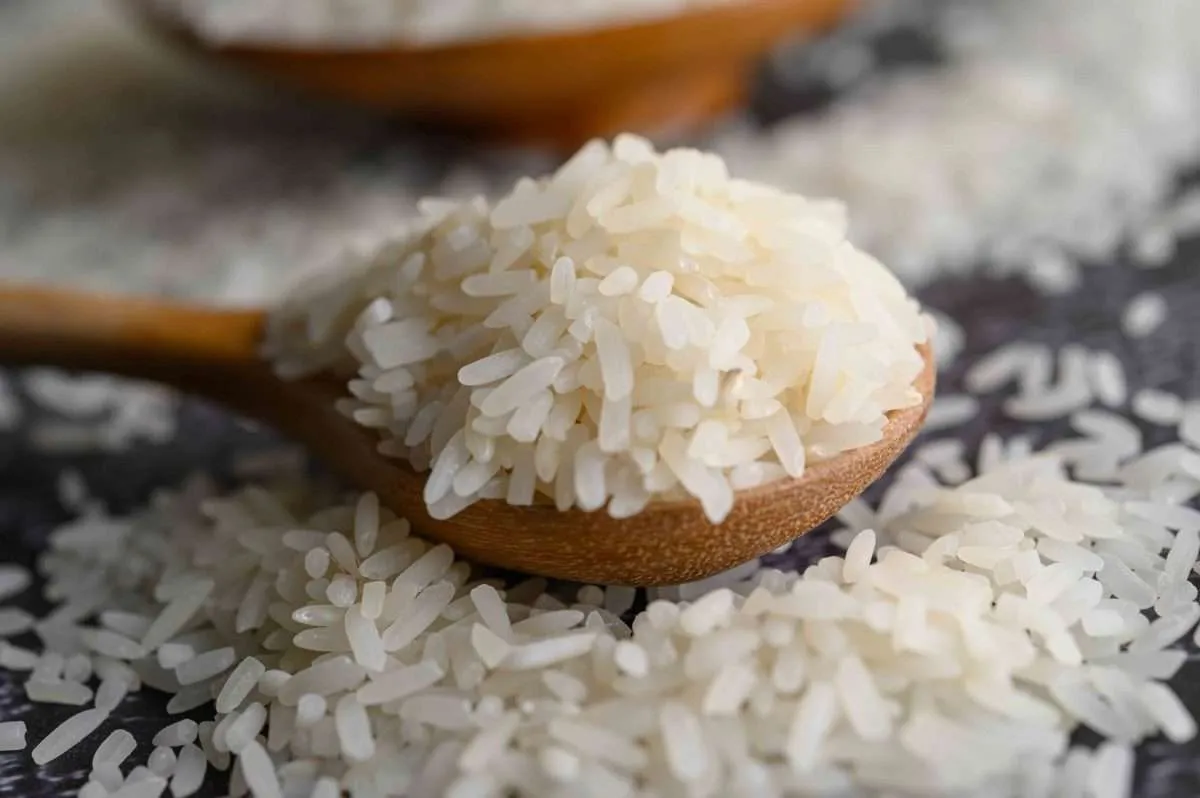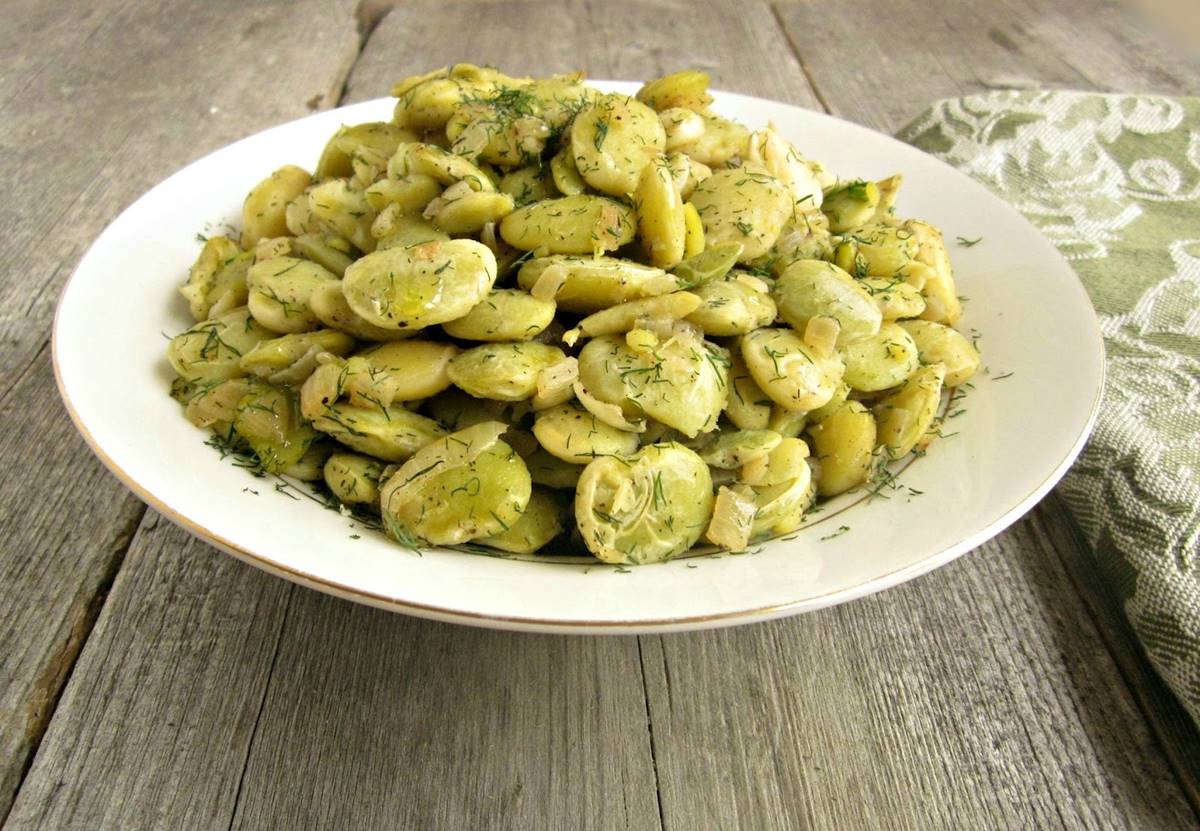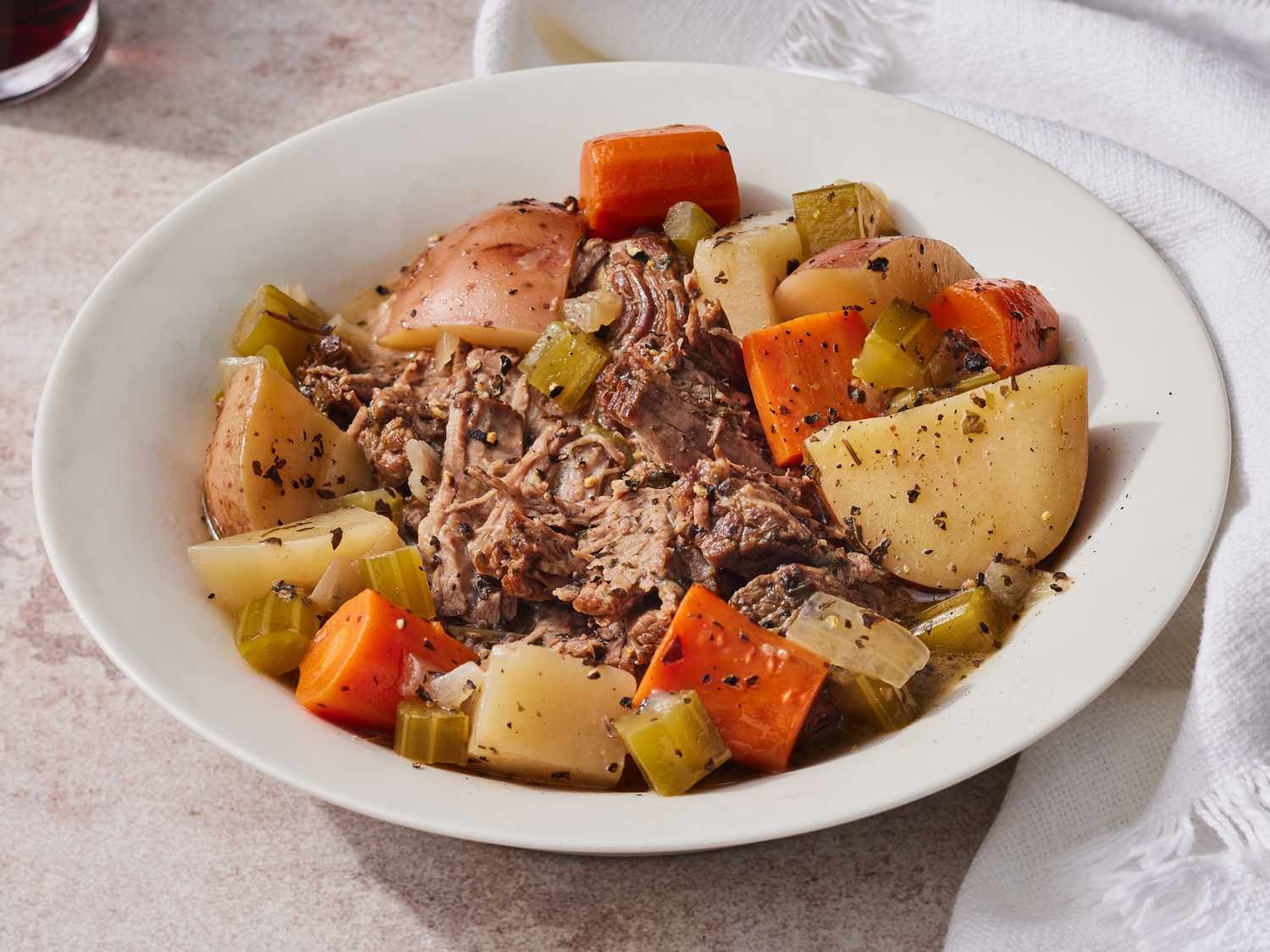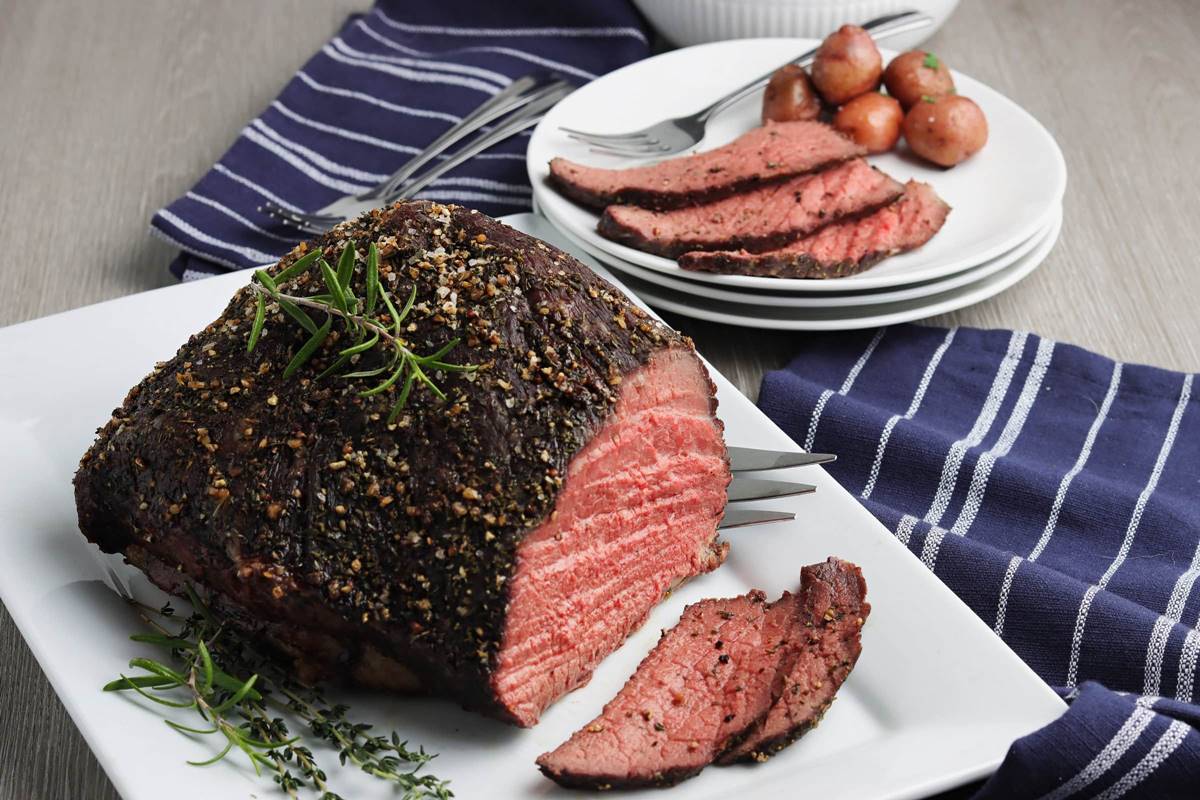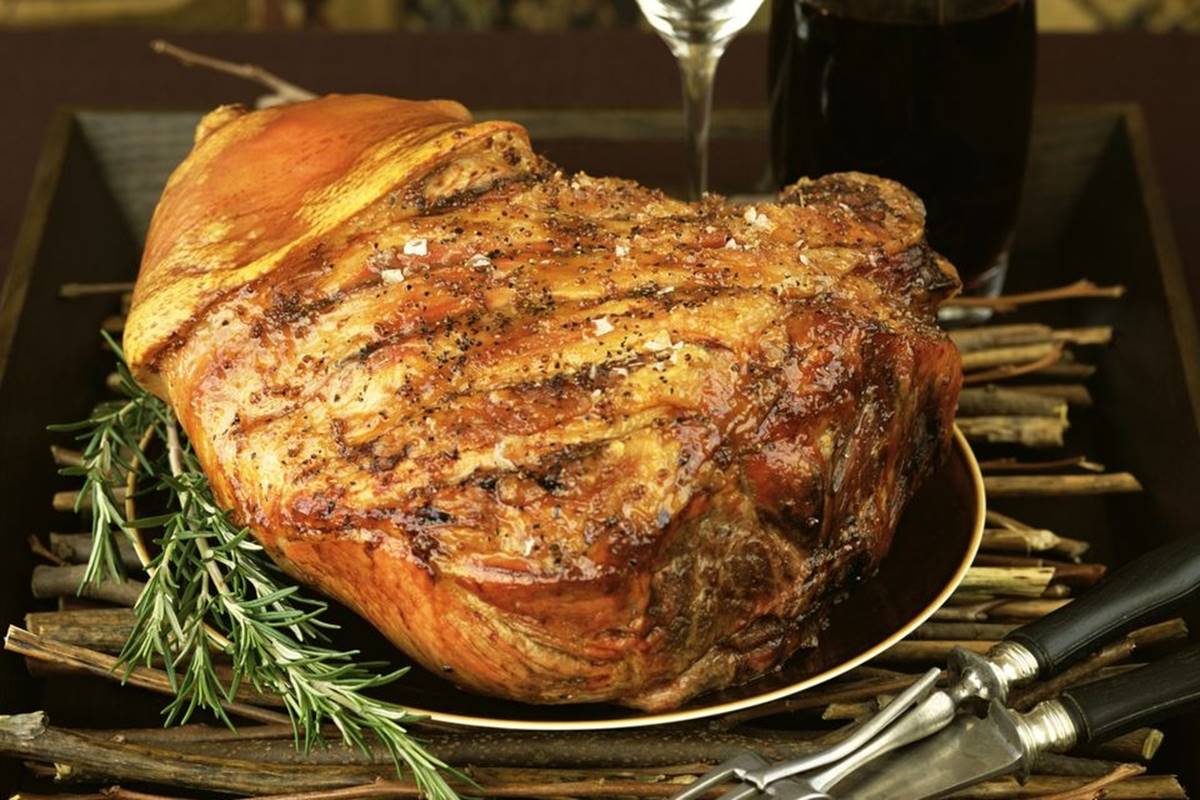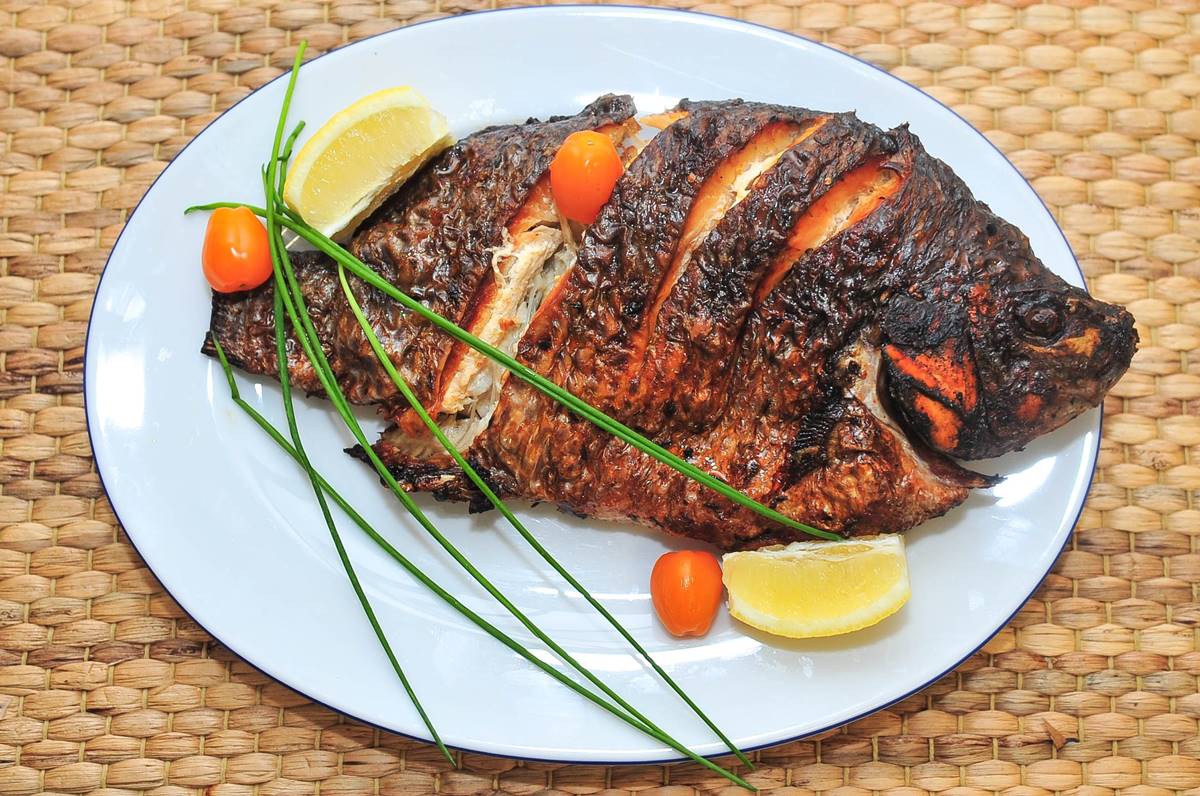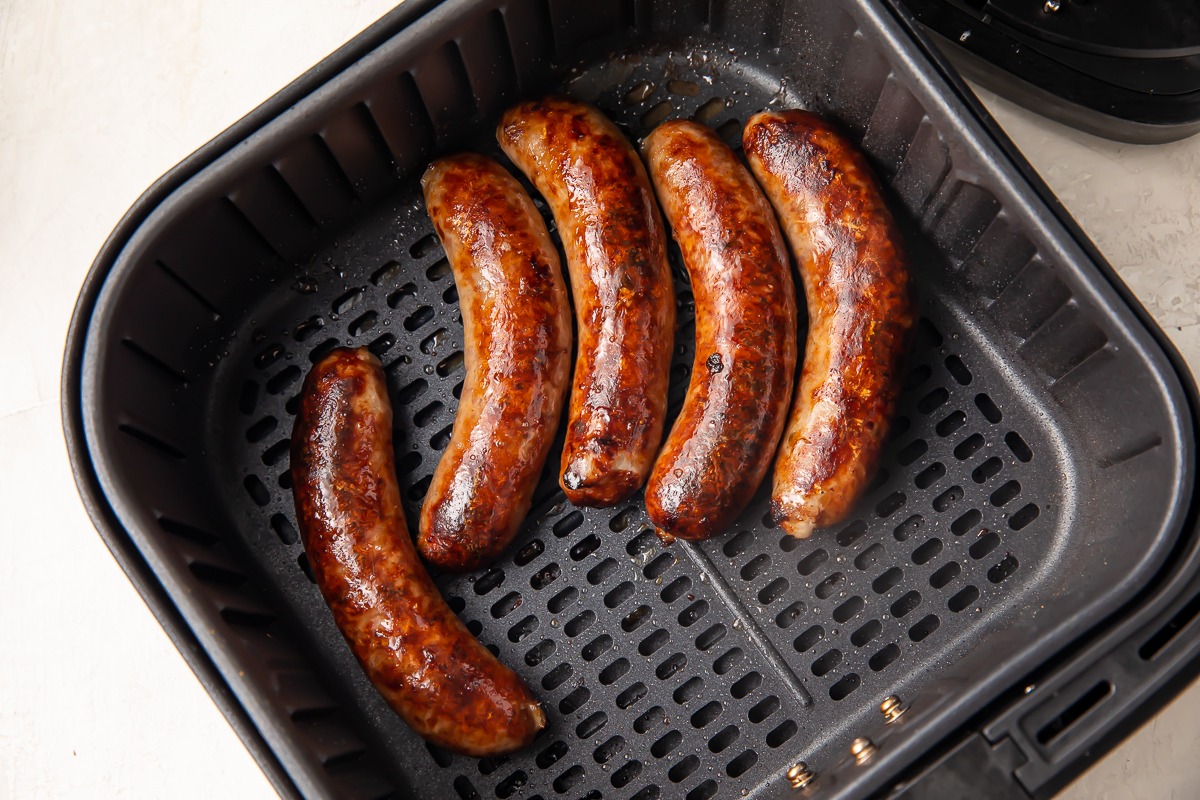Cooking fresh butter beans, often celebrated for their creamy texture and sweet flavor, is simpler than one might think. These legumes, also known as lima beans, are a staple in Southern cuisine but have won hearts worldwide. Whether you're aiming to prepare a comforting stew, a refreshing salad, or a hearty side dish, starting with fresh butter beans is key to achieving the best taste and nutritional benefits. This guide will walk you through the steps to perfectly cook these beans, ensuring they're tender, flavorful, and ready to be the star of your next meal. Let's dive into the world of fresh butter beans and transform your cooking game.
Essential Ingredients for Your Butter Beans Dish
- Fresh butter beans
- Water
- Salt
- Olive oil
- Garlic cloves, minced
- Onion, finely chopped
- Fresh thyme
- Black pepper, ground
- Lemon juice
Must-Have Tools for Cooking Butter Beans
- Large Pot
- Colander
- Knife
- Cutting Board
- Wooden Spoon
- Measuring Cups
- Measuring Spoons
For fresh butter beans, start by soaking overnight. Rinse well, then simmer in water with a pinch of salt until tender, usually about 60 minutes. Drain and serve warm.
The Importance of Cooking Fresh Butter Beans
Cooking fresh butter beans brings out their natural, buttery flavor, making them a versatile ingredient in many dishes. These beans are not only delicious but also packed with nutrients like fiber and protein, supporting a healthy diet. Preparing them from their fresh state maximizes these benefits, offering a tastier and healthier option compared to canned varieties.
Starting with fresh beans means you can control the cooking process, ensuring they're perfectly tender without being mushy. This method enhances the texture and flavor, making every dish more enjoyable. Plus, cooking them yourself allows for customization with herbs and spices, tailoring the taste to your preference.
Your Step-by-Step Guide to Perfect Butter Beans
How To Cook Fresh Butter Beans
-
Rinse Beans: Start by thoroughly rinsing your fresh butter beans under cold water to remove any dirt or debris.
-
Soak (Optional): For quicker cooking, soak beans in water for a few hours. This step is optional but helps in reducing cooking time.
-
Prepare Cooking Pot: Choose a large pot and fill it with water. Ensure there's enough water to cover the beans by a few inches, as they will expand while cooking.
-
Add Beans to Pot: Place your rinsed (and possibly soaked) butter beans into the pot of water.
-
Season Water: Sprinkle in salt to taste, along with any other seasonings you prefer. Herbs like thyme or bay leaves add nice flavor.
-
Bring to Boil: Turn the heat to high and bring the water to a boil. Watch carefully to avoid boiling over.
-
Reduce Heat and Simmer: Once boiling, reduce the heat to low or medium-low, allowing the beans to simmer gently. Partially cover the pot with a lid.
-
Stir Occasionally: Give the beans a gentle stir every now and then to ensure they cook evenly and don't stick to the bottom of the pot.
-
Check for Doneness: After about 20-30 minutes of simmering, check the beans for doneness. Fresh butter beans usually cook faster than dried ones. They should be tender but not mushy.
-
Drain Beans: Once cooked to your liking, remove the pot from heat. Drain the beans using a colander to remove excess water.
-
Serve or Use in Recipes: Your cooked butter beans are now ready to be served as a side dish or used in various recipes. They can be mixed with vegetables, added to soups, or mashed into a spread.
-
Store Leftovers: If you have leftovers, allow them to cool completely before transferring them to an airtight container. Store in the refrigerator for up to 5 days or freeze for longer storage.
Mastering the Art of Butter Beans
Cooking fresh butter beans is simpler than most think, and mastering this skill adds a versatile dish to your culinary repertoire. Remember, start with fresh beans for the best flavor and texture. Soaking overnight reduces cooking time and makes them easier to digest. Seasoning is key; herbs, spices, and a touch of fat like bacon or olive oil can elevate the humble butter bean to a comfort food staple. Don't rush the cooking process; slow and steady wins the race, ensuring your beans are perfectly tender without falling apart. Finally, experimenting with different flavors and ingredients keeps the dish exciting and adaptable to various cuisines. With these tips, you're well on your way to making delicious butter beans that'll impress anyone at the table.
For those eager to learn how to cook fresh butter beans, a good place to start is with recipes that showcase their versatility. Try the Butter Bean and Kale Soup for a comforting bowl that's perfect for chilly evenings, or the Butter Bean and Quinoa Salad for a refreshing, protein-packed meal. The Mediterranean Butter Bean Salad combines vibrant flavors that transport your taste buds straight to the Mediterranean. If you're in the mood for something creamy and indulgent, the Creamy Butter Bean Soup won't disappoint. For a hearty, southern-inspired dish, the Southern Butter Bean Stew is a must-try. These recipes not only highlight the unique texture and flavor of butter beans but also show how easy they are to incorporate into various dishes.
All Your Questions About Butter Beans Answered
What are butter beans?
Butter beans, also known as lima beans, are large, flat, greenish-white beans. They're known for their buttery texture and mild, slightly sweet flavor. Perfect for a variety of dishes, these beans are a staple in Southern cooking and can be enjoyed fresh, dried, or canned.
How long does it take to cook fresh butter beans?
Cooking time for fresh butter beans can vary, but generally, they need to simmer in water or broth for about 20 to 30 minutes. You'll know they're done when they're tender but not falling apart. Remember, fresh beans cook faster than dried ones, so keep an eye on them.
Can you soak fresh butter beans before cooking?
Unlike dried beans, fresh butter beans don't require soaking. They're tender enough to cook directly. However, if you prefer a softer texture, a quick soak for an hour or so won't hurt. Just make sure not to overdo it, as they can become too mushy.
What's the best way to season butter beans?
Seasoning butter beans is where you can get creative. Start with basics like salt and pepper, then consider adding garlic, onion, herbs like thyme or rosemary, and a splash of olive oil or a knob of butter for richness. For a Southern twist, throw in a ham hock or bacon during cooking.
Are butter beans healthy?
Absolutely, butter beans are packed with nutrition. They're a great source of fiber, protein, and essential nutrients like magnesium and potassium. Low in fat and calories, they're an excellent addition to a balanced diet, helping promote heart health and digestion.
How do you store leftover cooked butter beans?
Leftover cooked butter beans should be cooled quickly and stored in an airtight container in the refrigerator. They'll keep for up to five days. For longer storage, freeze them in a sealed container or freezer bag for up to six months. Just thaw overnight in the fridge when ready to use.
Can butter beans be eaten raw?
No, butter beans should not be eaten raw due to the presence of linamarin, a compound that can release cyanide when consumed. Always cook them thoroughly to ensure they're safe to eat. Plus, cooking enhances their flavor and texture, making them more enjoyable.


